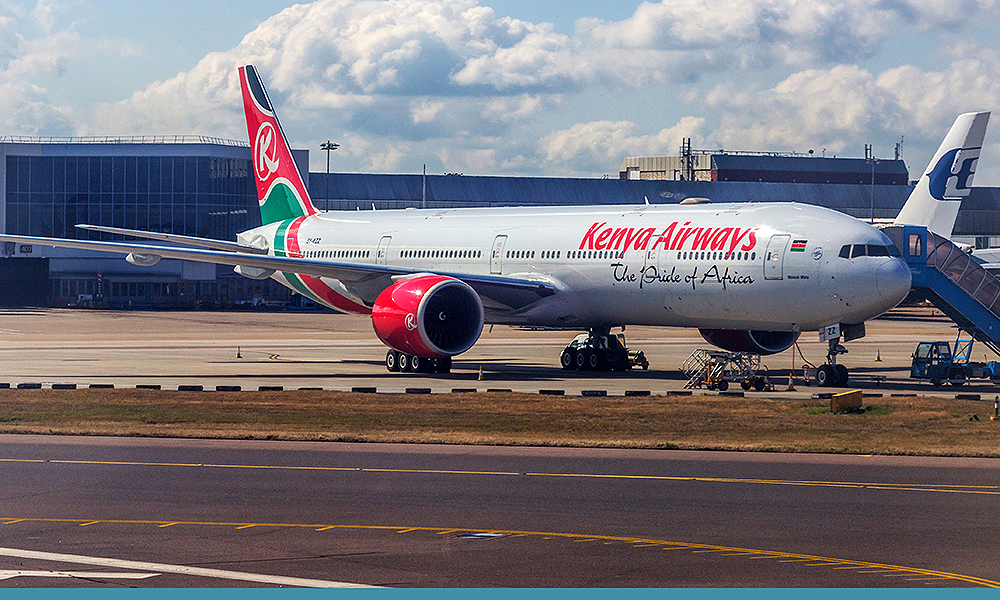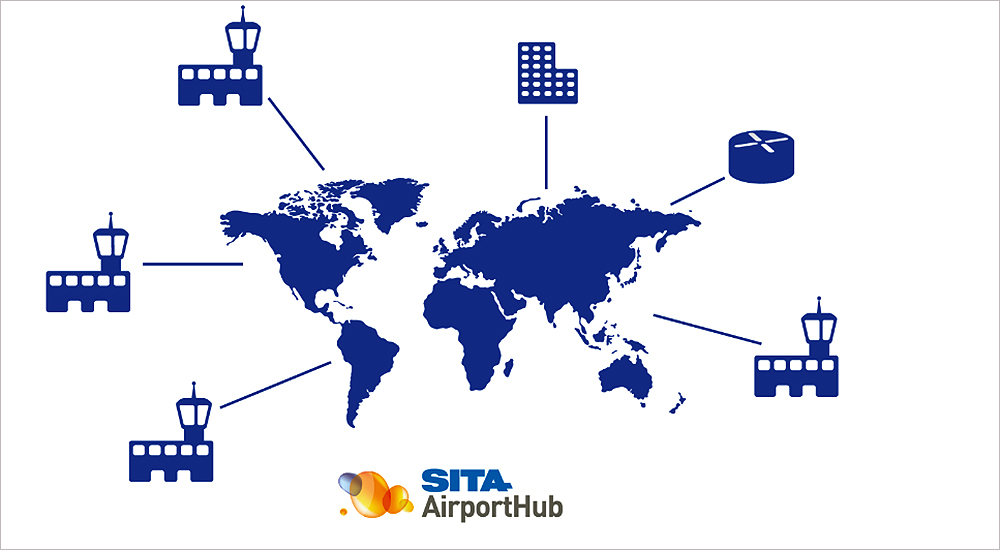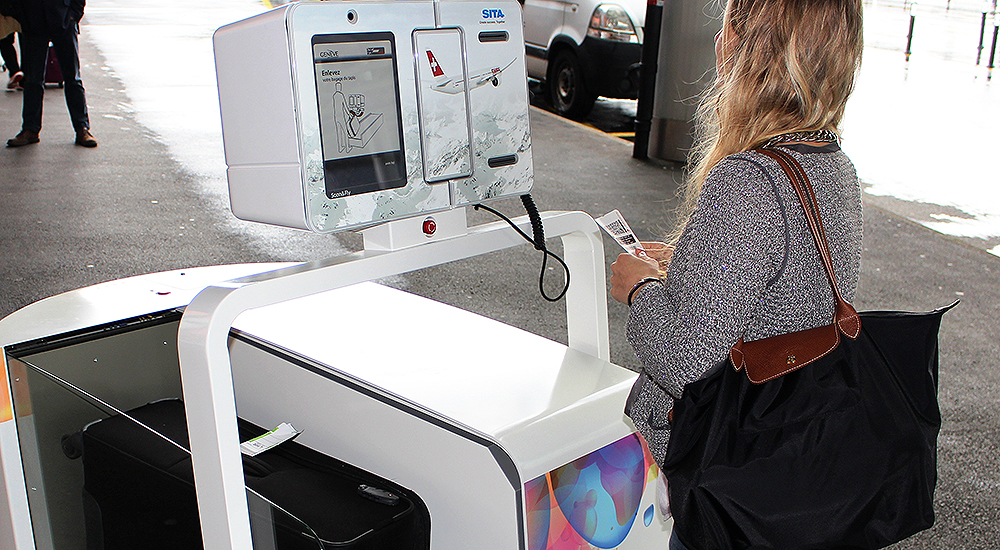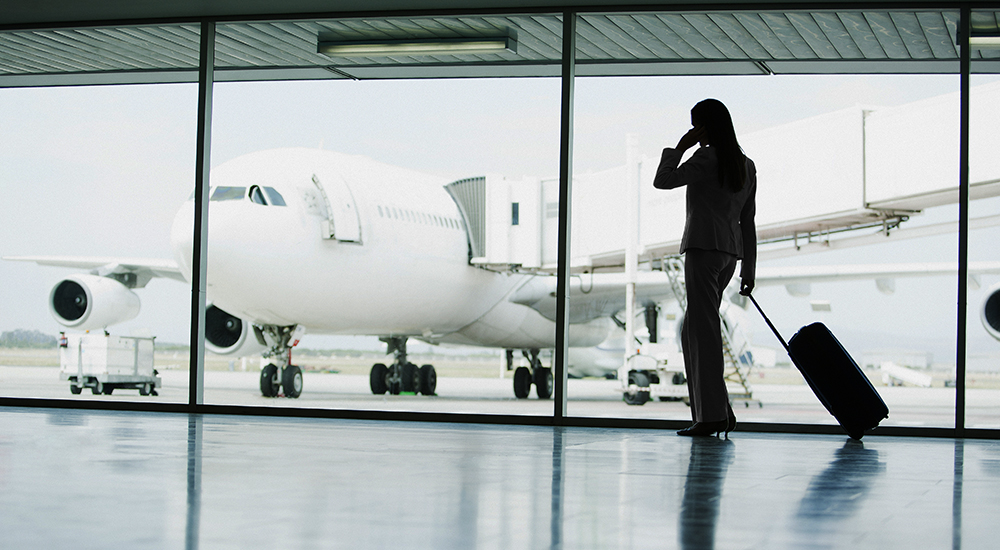SITA, the global air transport communications provider, is to roll out faster, new-generation connectivity across Kenya Airways’ global network, a vital investment in infrastructure needed to support the airline’s renewed focus on cost optimization and airline modernization.
Among Africa’s top three airlines, Kenya Airways is seeking to leverage SITA’s latest communication technology to drive new efficiencies in the management of its route network while ensuring the best passenger experience across the airline’s global footprint.
Through SITA Connect, the airline will have access to high-speed, secure connectivity, linking employees and sales offices around the world to Kenya Airways’ central systems and applications to manage everything from reservations, check-in and boarding.
With a global presence, SITA is able to meet the airline’s complete connectivity requirements with tailored solutions for each location. Central to the delivery is SITA’s AirportHub, a shared connectivity platform already used in more than 300 airports in over 100 countries. Using SITA’s common-use infrastructure eliminates the complexity of dealing with local telecom providers while enabling Kenya Airways to connect securely to their central systems and applications from any airport in the AirportHub network.
Mbuvi Ngunze, Group Managing Director and CEO of Kenya Airways said: “As we seek to position Kenya Airways for the future, we needed a single communications partner that could take care of all our connectivity requirements no matter where we operate. SITA, with its truly global footprint and experience, provided us with a world-class solution supported by a local presence in each destination, connecting even the furthest outstation to our hub in Nairobi.”
Hani El-Assaad, SITA President, Middle East, India and Africa said: “Today connectivity on demand is the lifeblood of any airline, ensuring the smooth and rapid exchange of information needed to support effective operations no matter where in the world an airline operates, the size of their operation or their business model. We have used our global experience and presence to provide Kenya Airways with the latest communication solution that is able to cater to their own specific requirements.”
Airlines and airports are investing in technologies to help predict and prepare for future events. This is according to: The Future is Predictable, a report published by air transport IT provider, SITA. It outlines how efforts are being made to tackle the estimated $25 billion cost of flight disruptions to the air transport industry by harnessing artificial intelligence, cognitive computing, predictive analytics and other progressive technical capabilities.
SITA’s analysis reveals that predictive tools using artificial intelligence and cognitive computing are likely to be adopted by half of airlines and airports over the coming five to 10 years. However, a few front runners are already trialing predictive modeling, machine learning, and data mining. These efforts are mainly focused on initiatives that will provide passengers with more relevant information about their journey to create more seamless and personal experiences.
During 2017, SITA Lab will be validating delay predictions with airlines and airports and expects to complete up to five trials with its industry partners. The next stage will be to incorporate its delay prediction algorithm and disruption warning feeds into SITA’s services to the air transport industry.
As artificial intelligence develops the importance of maintaining the human touch is not lost on the airlines and airports. Indeed, the combination of people and artificial intelligence is described as transforming the travel experience. The science of artificial intelligence is developing quickly and airlines and airports are turning to the academic community to help them with predictive tools to tackle disruptions.





